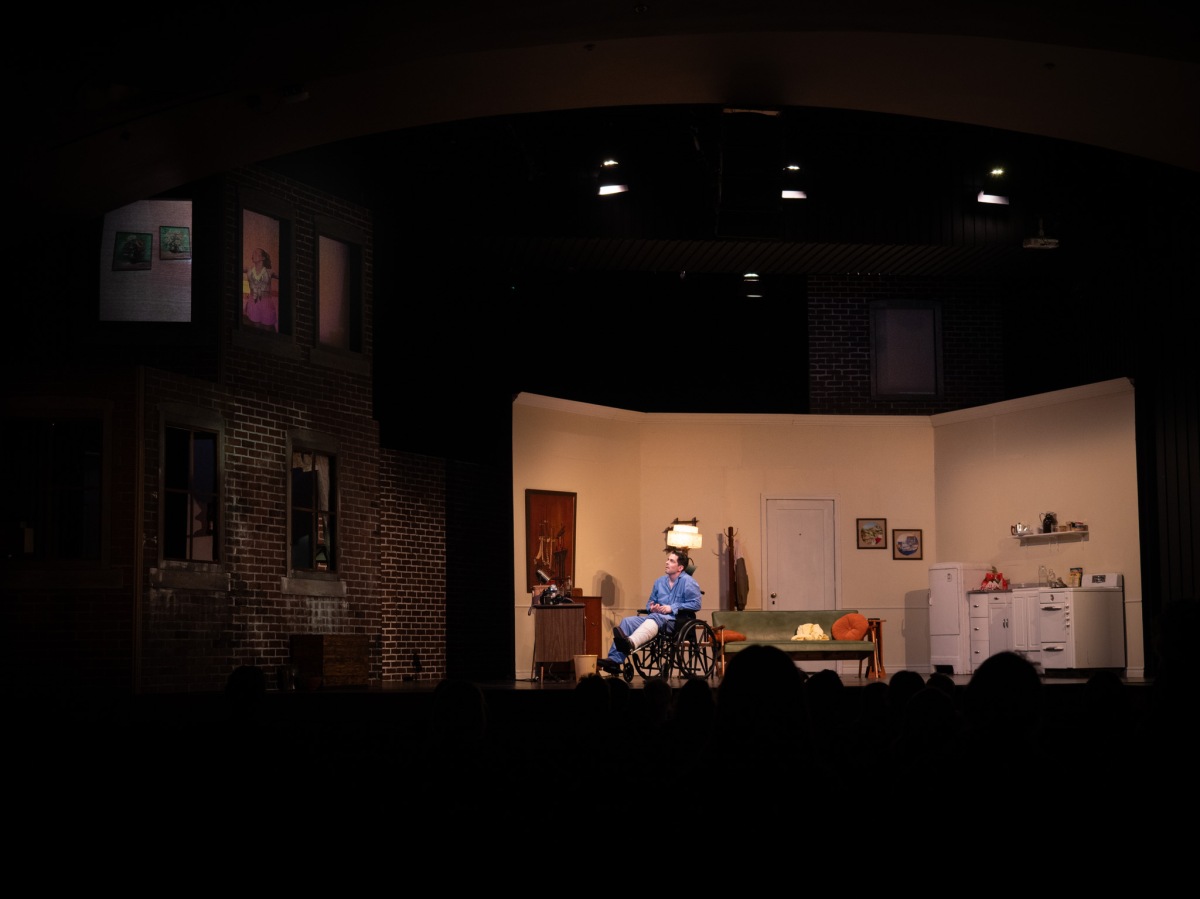The Bridge Offers Affordable Space for Artists in Toronto’s Entertainment District
FOR IMMEDIATE RELEASE: TORONTO, ON (November 21st, 2023) Bygone Theatre is thrilled to announce the launch of our new space, The Bridge, at 379 Adelaide St. W., 4th floor. This 7500sqft mixed-use art space is inhabited by Bygone along with partners UKAI Projects and Vodkow and will provide affordable rentals for artists looking for anything from a self-tape studio to a rehearsal space, a performance venue and more. As well, our eleventh season will feature the return of one of our award-winning plays; an expanded business and financial literacy program; and several fun workshops and events.
ABOUT THE BRIDGE
The art world, like everything else, is in a period of profound transition. The Bridge is a space for research and experimentation on how to best respond to these changes and to make art that engages audiences in the shifts underway.
As a response to the rapidly increasing cost of living, The Bridge is committed to providing artists space at hourly rates that are below minimum wage. “Affordability is really important to us”, says Bygone founder and Artistic Executive Director, Emily Dix, “and I mean real affordability. Affordable for artists who are often making minimum wage. Not just ‘below market value’ – artists shouldn’t have to choose between paying for a space to make and present their art and paying to eat”. It’s this belief that has led The Bridge to prioritize extremely low rates for artist rentals, with rehearsal and performance space starting at $10/hr for eligible artists and art groups.
The space at 379 Adelaide is leased until January 31, 2026, and efforts are already well underway to raise money to support its operations. Allied Properties REIT has provided in-kind support through favourable and flexible leasing terms for the space.; Beanfield is our connectivity sponsor, and has provided us with high-speed internet; derooted is hosting an extensive, responsive lighting set-up, valued at about $30,000; our partners UKAI Projects provide management and grant support; and co-tenants Vodkow have generously sponsored our bar and events.
Our funding goal for The Bridge over the course of our lease is $250,000. Approximately $105,000 of that will be programmatic funding, providing free access and support to a cohort of approximately 45 artists a month. About $5,000 a month will go towards regular staffing costs, and the remainder will cover our lease and overhead. While a large and ambitious sum, the value potential for the community is huge. If we successfully secure this funding then all artists can access the space at the lowest rates of $10 an hour, half the cost of some of the next cheapest rentals available in the city. The first phase of our campaign has been launched on Bygone Theatre’s Canada Helps page as we work to raise $15,000 before the end of the year to complete set-up and add to some of the infrastructure.
THE REAR WINDOW
This May, Bygone is returning to the historic Hart House Theatre, this time with a remount of their award-winning 2019 production, The Rear Window. Bringing back some of the original cast while adding a few new faces, the show is undergoing a few tweaks and will feature some exciting new technical elements. Stay tuned for details.
PROGRAMS AND INITIATIVES
For the second season in a row, IG Wealth Management has generously provided us with a substantial donation to expand our Business and Financial Literacy program as well as support community arts. This season’s program will include in-person workshops as well as streaming and will encourage participants to take a more hands-on approach to learning. As well, our partner, Consultant Adam Malcolm, BA Hons, QAFP, RRC, RIS is offering a free drop-in here at The Bridge for anyone looking for financial advice on things from budgets, to RRSPs, estate planning and more.
SEASON EVENTS
DIY Holiday Ornament Drop-In: Saturday December 9, 2023, 11am-4pm
This free family-friendly event is part of our Mend and Make Do sustainability initiative. Come craft some holiday ornaments out of scraps and learn how to make something from nothing. Donations happily accepted, including donations of crafting supplies.
Enigma: What Will Your Future Hold? NYE, 10pm – 3am
Join us New Years and step back into the past while looking to the future, in a vintage inspired night of burlesque, fortune telling and all things mystical. Tickets starting at $20, see our website for details.
BROADWAY WORLD TORONTO AWARDS
Finally, Bygone is honoured to be the recipient of 20 Broadway World Toronto Award nominations for last season, including awards for Best Play and Best New Play (The Birds, The Yellow Wallpaper) and Favourite Local Theatre. Visit broadwayworld.com/Toronto to cast your vote today.
MEDIA CONTACT: Emily Dix| emily@bygonetheatre.com | 647-343-5965
SOCIAL MEDIA: @BygoneTheatre, @379TheBridge
MORE INFO: www.bygonetheatre.com | www.379thebridge.com
-30-







